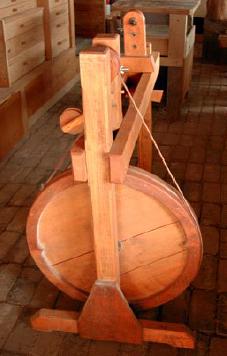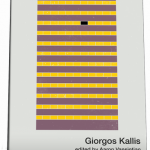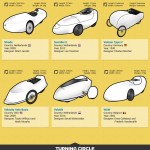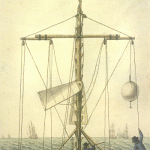Yes, it’s written in German. But nowhere else will you find such a complete database showing and describing all cargo cycles available on the market today.
Moreover, the information is easy to navigate and you can consult the specifications of the vehicles without even a basic knowledge of foreign languages. The description of most models also includes a link to the website of the manufacturer. Check out the Nutzrad Cargo Cycle Database.
Read more:
Cargo cyclists replace trucks drivers on European city streets.







